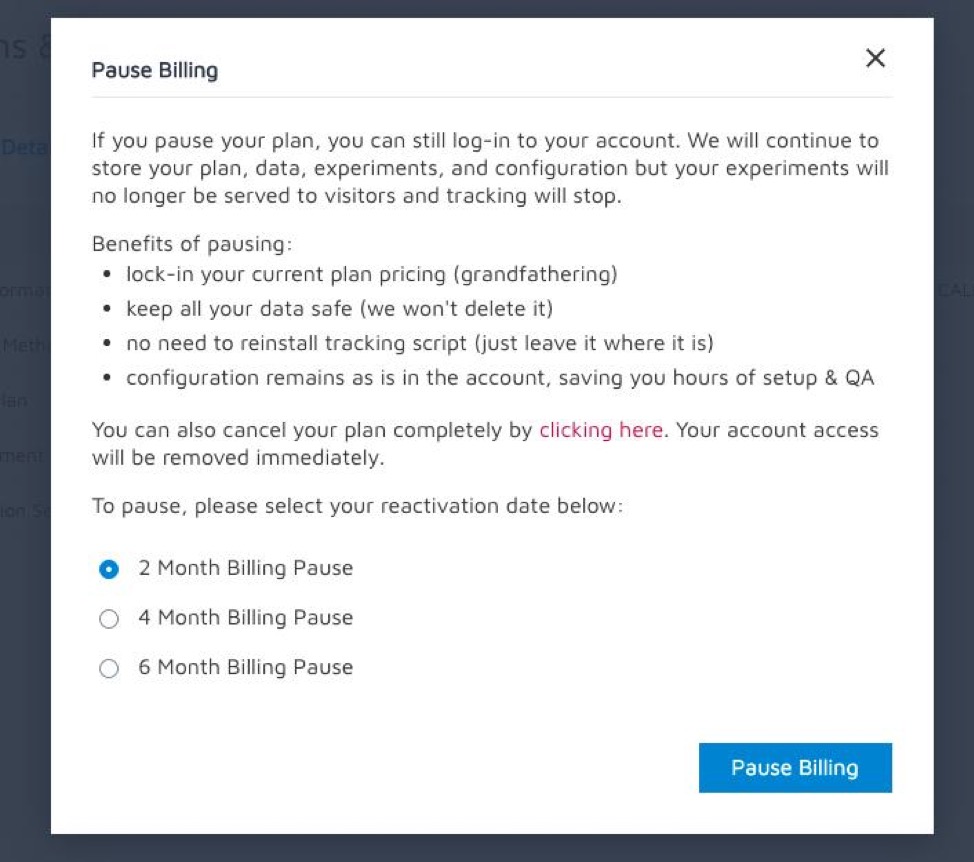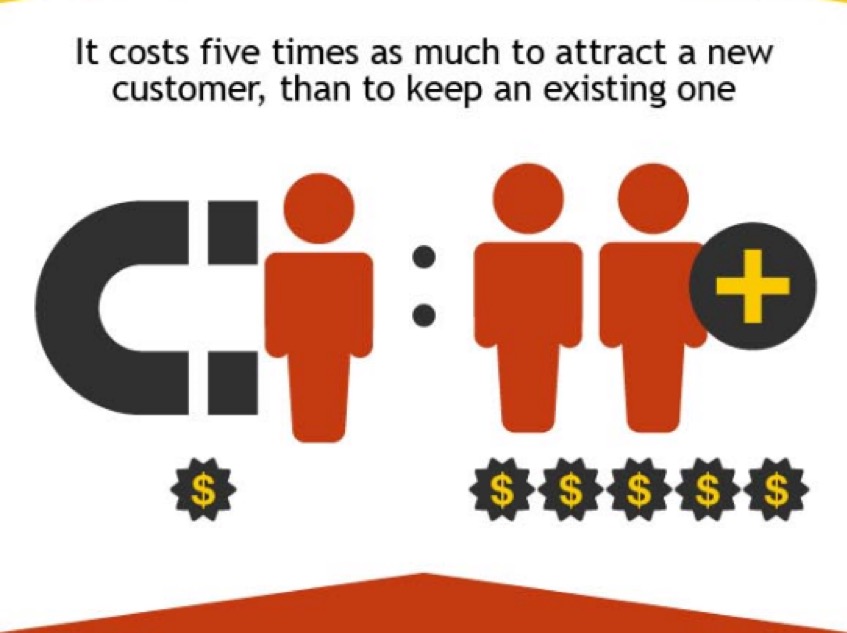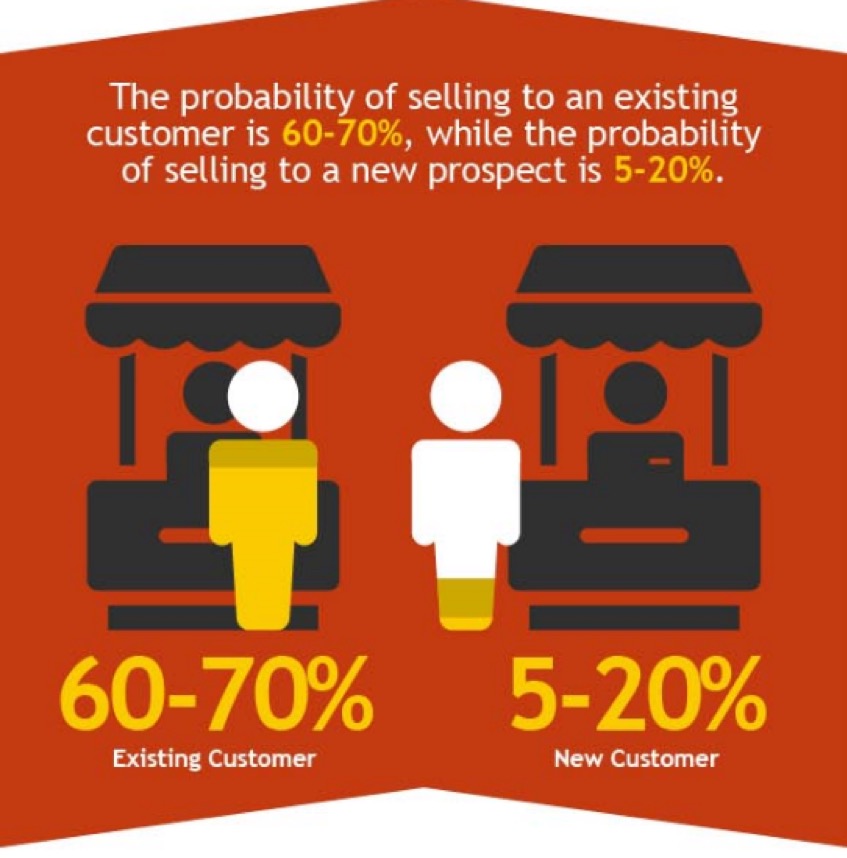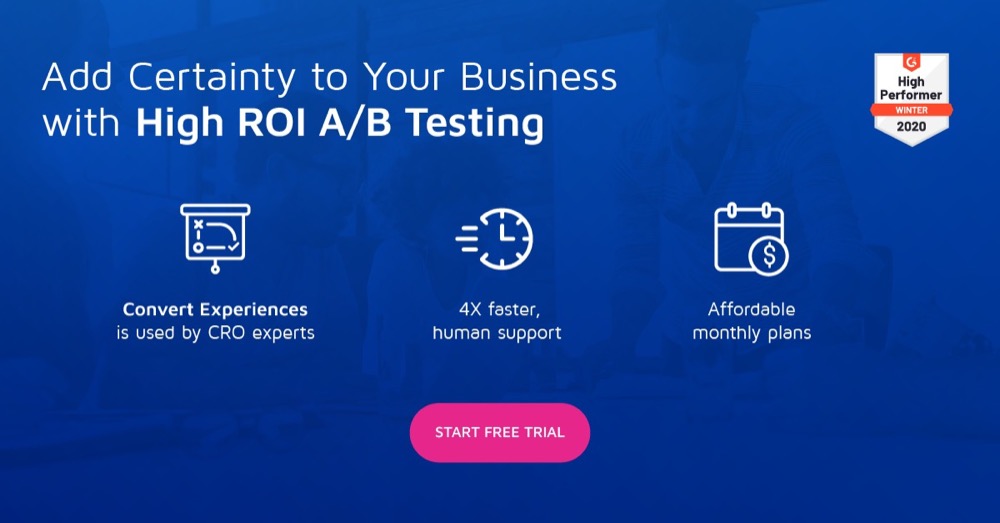Real Life Customer Retention Strategies That Work in a Recession
Brian Coulton of Fitch Ratings estimates that:
the current recession will be twice as severe as the 2009 recession.
And the forecast for the decline in global GDP keeps getting worse. In April, Fitch Ratings put the global GDP decline at 3.9% but has revised that forecast to 4.6% in May.
Companies are implementing cost-saving measures, new strategies, and increasing operational efficiency to ensure their survival during this recession. Customer acquisition can be expensive and difficult in the best of times. In the middle of a global pandemic and recession, it has become even more so.
Businesses are shifting their focus to creating and using customer retention strategies to reduce customer churn. Apart from boosting revenue and forming a close-knit relationship with customers, it helps save companies money. Since customer retention costs way less than customer acquisition, it is cheaper to run and implement.
With a recession, business activities that save money and increase revenue while maintaining operational efficiency are important.
Customer retention is one such activity.
There are many customer retention strategies out there that you can mold to fit your business. In this current crisis, here are 3 approaches tempered with empathy that work:
1. Reach Out to Your Customers
Forget surveys. It is time to show the human side of your business. Reach out to your customers via the medium they’re most comfortable with like phone calls or emails. Look at what medium a customer uses to engage your business and use that to reach out to them.
Ask how your business can help them during this time. Their needs may have changed because of the pandemic and your product/service may be missing the mark right now. Reaching out to customers gives you an opportunity to identify gaps caused by changing needs and how to fix these gaps for your customers. These gaps may be solved by tweaking a feature or reducing friction in your funnel.
2. Push Out Empathic Content
Content is another area where you can show you care about your customers. Knowing your customers’ current context, share information that truly helps them.
For example, customers whose traffic dropped and can no longer A/B test may be interested in content about using their learning archives to inform decisions, optimizing their email flow or landing pages, and personalizations.
Actionable empathic content that helps solve problems should be your goal.
3. Give Your Customers Pause
Many people are under a lot of mental strain right now. Anxiety about money, job security, family, and health means that people are under a lot of strain. With the recession, customers are canceling subscriptions and reducing business spend in any way they can.
One thing you can do for your customers is to give them the option to pause their subscriptions with your company.
Doing this means in the short-term you will lose money but will keep your customers and build loyalty in the long-term. The goal is to remove the worry of what to do with your product/service while your customers plan how to survive this recession.
Example One: What We Did at Convert
At Convert, we decided to give our customers “pause”. We noticed that customers were canceling in the app but were pausing during conversations with our support team. Analyzing conversations with customers made us realize that customers didn’t necessarily want to cancel their subscriptions. But that was the only option available to them in our current flow in the app.
That’s why some years back, we decided to add a “Pause button” to our cancelation flow.

But we realized we weren’t taking into account the mental strain customers are under right now. So we made another change in the first two weeks of the lockdown. We removed the cognitive load and friction of having to pick dates by giving customers the option of a 2-4-6 month pause.

What we noticed is that cancelations have dropped as customers take the badly needed break to regroup and come back to A/B testing more!
Example Two: What Adaptive Marketing Did
Ali Al-Difaie, Owner of Adaptive Marketing, details steps his company took to retain customers during this turbulent time:
There are a few things that I have noticed work quite well. At the start it’s just to reach out with a simple call, not email or survey, but have customer service guys reach out and ask them how they’re doing/how we could help and what they’d need from our service. This personal touch has been hugely appreciated.
We advise letting sales reps just fill in a Google doc as they’re calling the clients so we actually have the data while still having a major response rate because it’s an actual call rather than a survey. Surveys can be seen as a chore whereas this was seen as a check-in. The data here was very useful, also for marketing to new clients because we asked what they were worried about (specifically for their company as it relates to our tool).
Secondly, we created content that tackled this stuff head-on. So it was content geared at “How does this SaaS help your company in the context of Covid-19”? When it made sense, we tried to incorporate the findings of the first strategy either as a topic or as a frame for the actual content. But we emphasized the benefit of this SaaS whenever possible to really make it tangible. Don’t let them start to wonder and “think if the SaaS makes sense at this point”. Thirdly, we got ahead of churn by tracking engagement. So when we noticed that certain users did not interact as often. We grouped them into different categories, based on the revenue they provided and created different offers. Moderate users in high danger of canceling received a discount if they wanted to cancel while we offered other users the ability to ‘pause’ for 2 months. The actual rankings of the users differed based on contract size, engagement, contract length, etc.
Conclusion
Giving your customers the option to pause billing/subscription is a customer retention strategy that shows your company is committed to helping customers through this crisis. Losing revenue in the short-term is worth keeping your customers in the long run and gaining their full loyalty.
Written By
Nneka Otika

Edited By
Carmen Apostu



